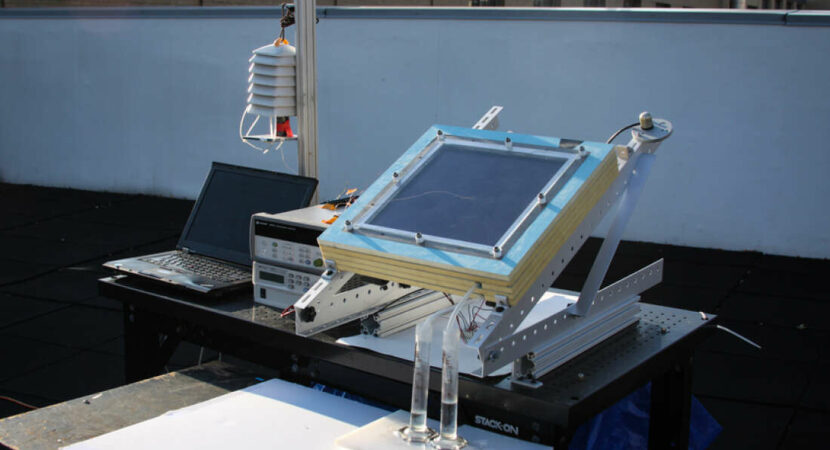
Meet the new device that uses solar energy to extract fresh water from even the driest air
A new solar-powered device developed by a team at the Massachusetts Institute of Technology can extract and condense clean water from dry air without relying on electricity.
Read also
- ANP bans post in Rio with irregular device at the pump
- Oil industry: Get to know Sistac's ROV fleet, which provides services to Petrobras
- Petrobras supports the Rio de Janeiro project selected by the Massachusetts Institute of Technology (MIT)
- Bolsonaro closes partnership with Israel to build a factory “that extracts water from the air” in the Northeast
The solar-powered device works by using the temperature difference to transfer water molecules onto adsorbent materials, where the water is condensed using the sun's heat, before being moved back into a container.
When there is no sunlight to heat the thermal plates that condense the water, the molecules can collect in the materials before being harvested the next day.
MIT tries to overcome water shortages using the power of technology
According to IFL Science, this isn't the first time a solution involving solar energy technology like this has been proposed, but the team's device from the MIT appears to be the most effective attempt to use this process yet.
While previous versions were seen as very limited in their use, this time the researchers have added a second adsorption-desorption stage to increase capacity, and have also switched from specialist materials to using more widely available options – and likely more solar energy panels. cheap.
Scientists working on this new solar energy technology believe it can work in places where humidity is as low as 20%, whereas similar devices currently in use in some desert regions require air with at least 50% humidity to produce water.
At the moment, solar energy technology has the capacity to produce 0,8 liters of water per day. That's pretty impressive, but considering the human body requires around 2,5 liters a day to survive, it's likely researchers will have to ramp up production of the device before it can be implanted as a realistic solution to water crises.













I am interested
...I do not know!!! The Corolla 2024 has an engine…
And in the state of Bahia?
Ranger with cat emblem
I have a Honda city with this engine,…
Good morning! I would like to know what they are…
NIOBIUM IS JUST STARTING TO SHOW…
I think anything that can help…